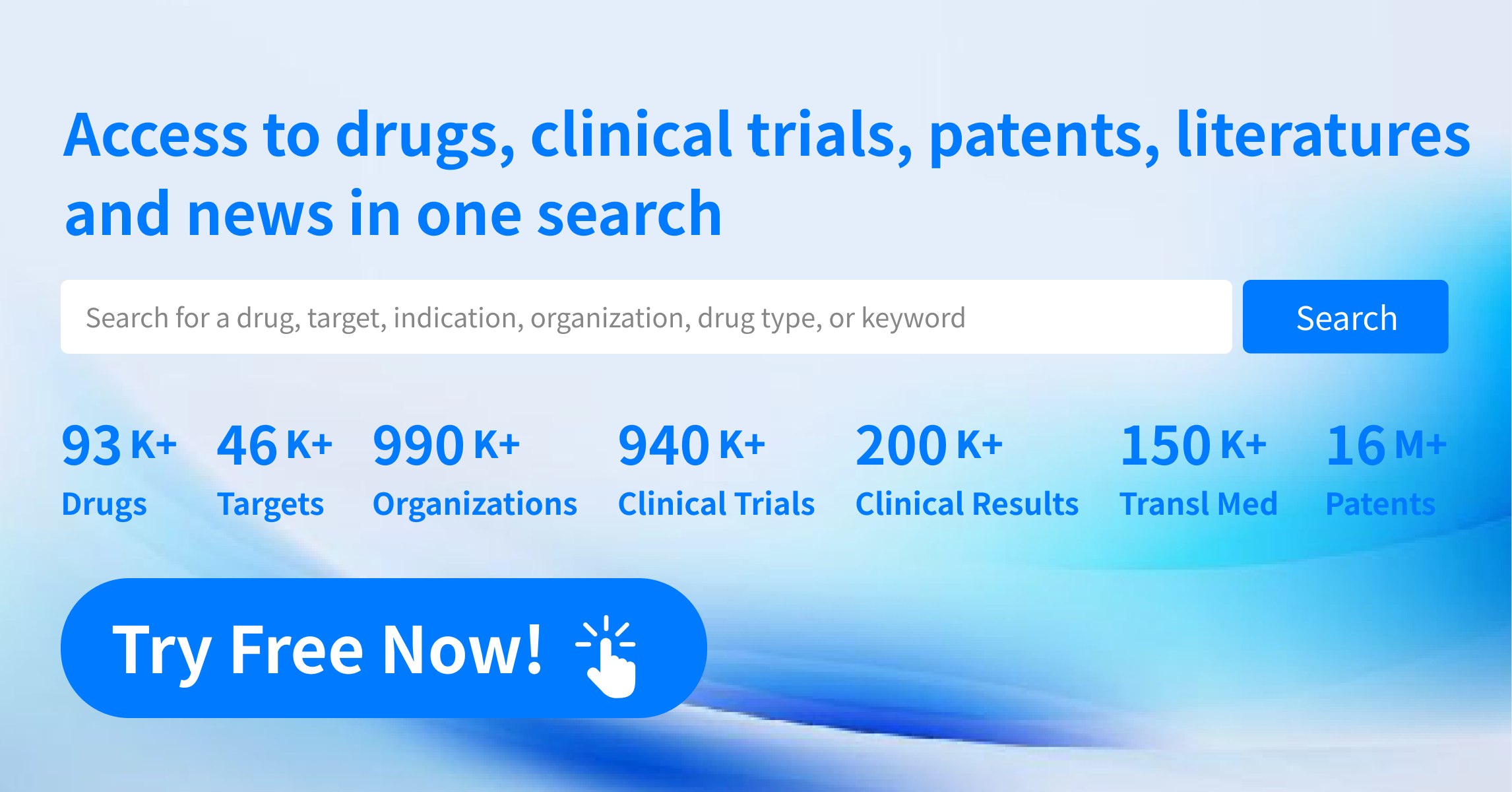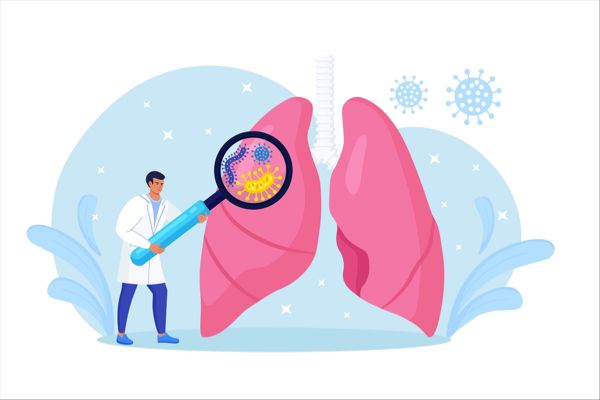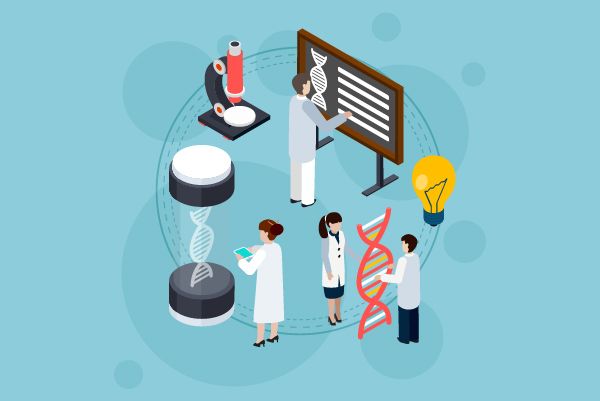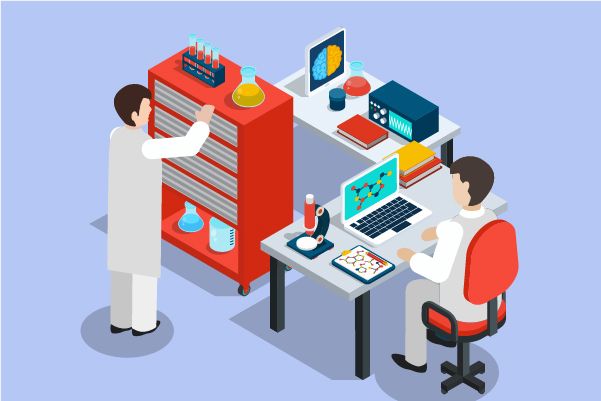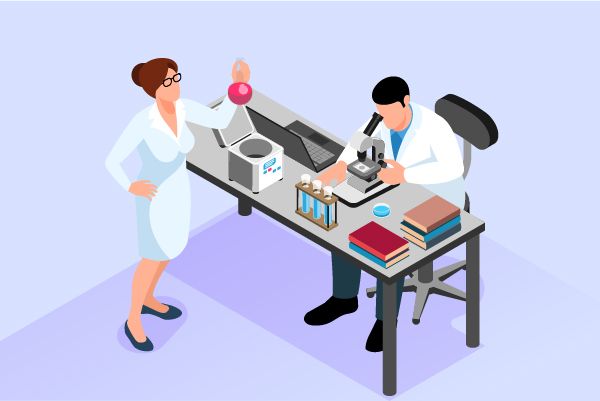How does drug solubility affect drug delivery?
Drug solubility plays a critical role in the process of drug delivery. It refers to the ability of a drug to dissolve in a liquid, such as water or oil, which is essential for its absorption and distribution throughout the body. The solubility of a drug can significantly impact its bioavailability, absorption rate, and ultimately, its effectiveness as a therapeutic agent.
1.Bioavailability: A drug with high solubility in both water and lipids tends to have better bioavailability. This means that it can be more easily absorbed into the bloodstream after oral administration, leading to faster onset of action and potentially higher efficacy. On the other hand, drugs with low solubility may have poor absorption rates and reduced bioavailability, requiring higher doses or alternative routes of administration (such as intravenous infusion).
2.Absorption rate: The rate at which a drug is absorbed from the gastrointestinal tract into the systemic circulation depends on its solubility. Drugs with high solubility are generally absorbed more quickly than those with low solubility. This is because highly soluble compounds can dissolve rapidly in the fluids lining the gut, allowing them to pass through the walls of the gastrointestinal tract more readily.
3.Distribution: Once a drug has been absorbed into the bloodstream, its distribution throughout the body depends on its solubility. Highly soluble drugs tend to distribute more widely and penetrate tissues more effectively, while less soluble drugs may be restricted to specific organs or tissues due to limited distribution capabilities.
4.Metabolism: The metabolism of a drug also depends on its solubility. Highly soluble drugs tend to be broken down and eliminated more quickly by the liver, which may limit their duration of action and require more frequent dosing. In contrast, less soluble drugs may accumulate in the body over time, increasing the risk of side effects and potential toxicity.
To address this issue, several techniques have been developed to improve drug solubility and enhance drug delivery. One approach involves using dendrimers, which are nanoscale structures that can encapsulate drugs and increase their solubility in water. Non-covalent interactions, such as electrostatic interactions, can also be used to bind drugs to dendrimers . Another strategy involves using platelets, which naturally possess many beneficial properties for drug delivery. Platelets can be engineered to carry drugs to specific sites within the body, increasing their efficacy and reducing off-target effects.
In addition, self-emulsifying drug delivery systems (SEDDS) have shown promise for delivering oral peptide and protein drugs. These systems consist of oil droplets stabilized by surfactants, which can protect the drug from degradation and enhance its absorption across the intestinal mucus barrier. This technology has the added benefit of being relatively easy and cost-effective to produce.
In summary, drug solubility is an important factor that influences the efficiency of drug delivery. By understanding the relationship between solubility and drug properties, researchers can optimize drug formulations and develop more effective treatments for various medical conditions.
